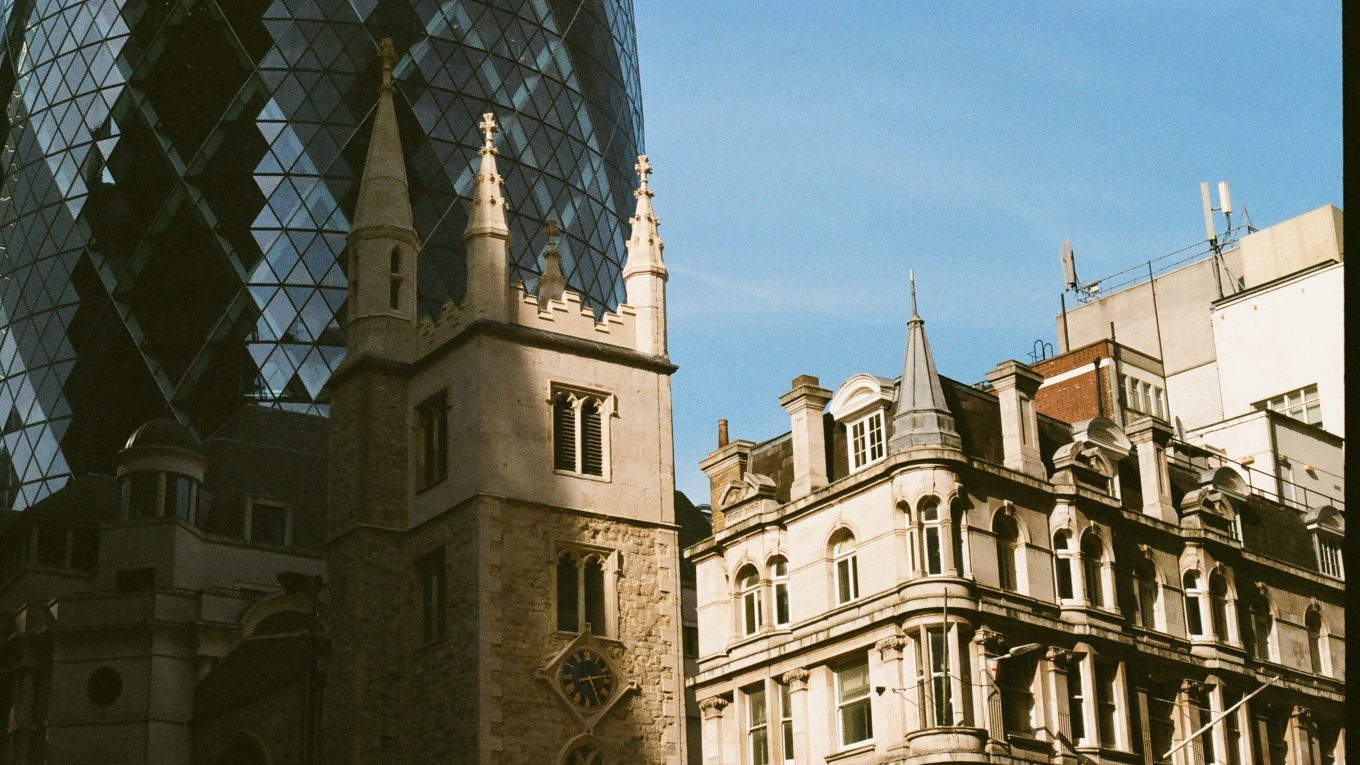The Inspiration behind Sustainable Architecture
Sasha and Chloe in year 12 discuss examples of world famous buildings that have been sustainably designed, driven by inspiration from natural organisms.
Did you know buildings emit 39% of carbon emissions related to global energy? Therefore, building sustainability is one of the most important focuses of the modern day. Now, architects are gaining inspiration from the world around them and linking their designs to nature.
The gherkin – England
The shape of the gherkin has a circular base and the diameter increases up to a certain point before decreasing. This structure helps to maximise the amount of natural light entering the building as well as reducing wind deflections. This creates a natural external pressure which drives a ventilation system.
Inspiration for the gherkin
The gherkin is influenced by the venus flower basket sponge. An organism that survives deep underwater and therefore lives under a high pressure. To overcome the great depths and pressure, the sponge has evolved a certain structure to help this.
The exoskeleton is shaped like a lattice that has a round shape to provide a strong structure. There are spicules integrated in the structure that have 6 points to form a silica. Each floor in the gherkin is rotated 5˚, therefore it allows gaps in between the floors allowing up to 6 floors to be attatched by the vertical light wells. Therefore, air has the ability to pass through the gaps in between floors and the spacing as there are six segments in a floor, causing a more natural air flow.
The Eastgate Centre – Zimbabwe
Inspired by termite mounds, The Eastgate Centre needed an efficient ventilation system that wouldn’t cost that much money. The architect Mick Pearce wanted to design a building where the heating and cooling was controlled by the building itself.
The Eastgate Centre is made up of two buildings that are joined together with a glass roof in between. As Mick Pearce quotes “I choose to work within three parameters; nature, resources and aesthetics.”
Inspiration for the Eastgate Centre
Termites live in very hot climates, so they have a structure that helps them to reduce the temperatures throughout the day. They have a ‘natural air-conditioning system’ where stale air is exchanged with fresh air. Every mound works in a similar way to the lungs; after the sun goes down, the temperature drops, which helps the flow of air. Much like a lung, oxygen is brought in and carbon dioxide is released, resulting in the loss of it through the mounds.
Termite mounds have very small pores covering the whole surface, so air is able to pass through. Therefore, the air is drawn into the bottom section of the mound and then circulated out of the chimney. All these adaptations have been considered in the building of the Eastgate Centre, preventing them from needing central air conditioning.

